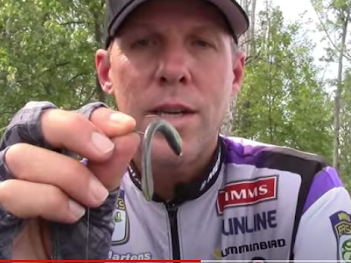Scat-type baits, also known as heavy baits or gravity baits, are a new and innovative category of soft plastic baits that are quickly gaining popularity among bass anglers.
These baits mimic the look and movement of natural forage, like crawfish or baitfish. Bass are drawn to this familiar appearance, increasing the chances of a successful strike. Scat-type baits are designed to be fished weightless, and they feature a heavy salt content that gives them a unique sinking action and profile.
One of the most popular scat-type baits is the Deps Cover Scat. The Cover Scat is a 3.5-inch stick bait that is available in a variety of colors. It features a unique hook slot in the belly that allows it to be rigged on a wide-gap hook without weighing it down.
A growing number of companies are in the process of introducing their own scat baits renditions including:
Scat-type baits can be fished in a variety of ways, but they are most commonly used for pitching and flipping in heavy cover. The heavy salt content allows them to sink quickly through the water column, and their unique profile makes them irresistible to bass that are feeding on crawfish and other bottom-dwelling creatures.
Here are a few tips for fishing scat-type baits:
Use a heavy-duty rod and reel with a braided line. The braided line will give you the sensitivity you need to feel the bite and the power to pull bass out of heavy cover.
Rig the bait on a wide-gap hook, such as a Gamakatsu Superline EWG hook in size 4/0. This type of hook will help to prevent the bait from tearing and will also give you a good chance of setting the hook on a bite.
Cast the bait into cover and let it sink to the bottom. Once it hits the bottom, give it a few gentle twitches to simulate a crawfish moving around.
If you don't get a bite, reel in the bait and cast it again to a different spot.
Scat-type baits can be a very effective way to catch bass in a variety of conditions. They are especially well-suited for fishing in heavy cover, such as weed beds, lily pads, and timber. If you are looking for a new bait to add to your arsenal, be sure to give scat-type baits a try.








.jpg)





.jpg)




